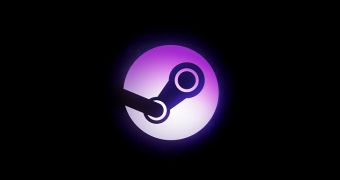Valve has released its Debian-based SteamOS to the world and the reception has been mixed, ranging from excitement to skepticism. In any case, this is everything we know about the distribution and its future.
Despite various rumors and partial information that has been spread online, Valve didn’t build something from scratch, nor did it base it on Gentoo. It used Debian 7.1 and made a normal fork.
Probably following the example of Ubuntu, which is still its partner, it chose to use Debian for many reasons, but mostly for the stability and regular updates.
SteamOS 1.0 Beta is also using Linux Kernel 3.10.11, which is now the latest stable version with long-term support. On top of the kernel, Valve has integrated a large number of patches that make this kernel rather unique.
Another cool feature is a custom graphics compositor which, according to Valve, is responsible for the seamless transition between Steam, its games, and the SteamOS system overlay. Do not confuse it with Wayland or Mir. SteamOS is using X and, until NVIDIA and AMD say otherwise, this will remain so.
SteamOS 1.0 Beta also needs UEFI boot support and NVIDIA and AMD video cards. Solutions to circumvent these requirements have been provided, but the reason for their existence lies in the choice of hardware made by Valve for its Steam Machines.
SteamOS will be ready to run games from your Windows computer soon. The In-Home Streaming feature is still in development and will available in 2014, probably just in time for the release of Steam Machines.
If you choose to install SteamOS on your computer, you will lose every scrap of data. The operating system is conceived in such a way that it will use all of the available space. Be careful if you install it!
Previous information about SteamOS and its lack of a desktop environment turned out to be false, even if it came from reliable sources. The distribution comes with a very limited – but functional – GNOME 3.4 desktop. You will get a few utilities, a terminal, a file manager, and that’s about it.
The last piece of information is about the supported hardware. Even if the recommended hardware so far is Intel and NVIDIA, Valve has promised that more support will land soon, which means that a lot more people will be able to run it.

 14 DAY TRIAL //
14 DAY TRIAL //